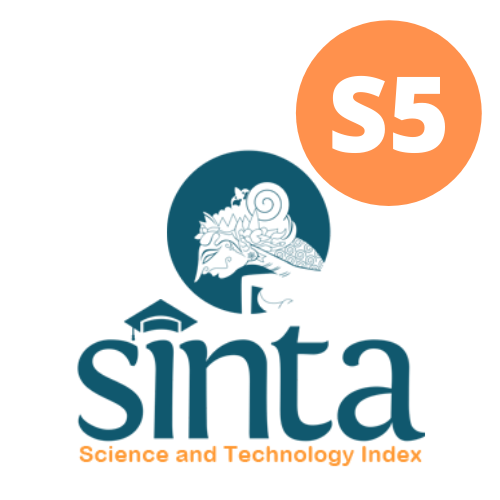FAMILY SUPPORT TO ADOLESCENTS WITH THALASSEMIA
DOI:
https://doi.org/10.47522/jmk.v1iIAHSC.108Keywords:
Family Support, Self-Esteem, Adolecents of ThalassemiaAbstract
Introduction: Thalassemia is one of the genetic disorders characterized by the decrease or absence of one of the globin chains, either alpha chain or beta chain. Which are the main components of normal hemoglobin. Thalassemia has become serious health issue in Mediterranean, Middle East, India, and South East Asia, including Indonesia. The thalassemia gene frequency in Indonesian population ranging from 3-8%. Adolescent is the transition period from children to adult. Thalassemia adolescents express psychosocial reaction and unpleasant experience due to the lifetime treatment routines that they must face off. These impact on the adolescents’ family and self-esteem. This study aims to analyze the relationship between family support and self-esteem of thalassemia adolescents.
Method: This was a quantitative study design with phenomenology approach. A total of 50 subjects were collected with purposive sampling technique. Data were obtained by from questionnaire and analyzed using Spearman Rho method with cross sectional approach.
Results: The statistical result with Spearman Rho method shows significant p value of 0.024 (p <0.05) and r value of 0.319. The positive correlation implies that both variables are moving in same direction with weak relationship. These results are in accordance with the hypothesis that family support are related with self-esteem of thalassemia adolescents.
Conclusion: Family support in thalassemia adolescents is high and no thalassemia adolescents present with low self-esteem, mostly normal. The correlation between these two variables is weak but significant.
References
Albaroroh. (2016). Interaksi Sosial di Panti Asuhan dalam Membentuk Tingkah laku Anak (Studi di Balai Rehabilitasi Sosial dan Pengasuhan Anak (BRSPA) Sleman, Yogyakarta).
Universitas Isam Negeri Sunan Kalijaga.
Dewijayanti, R. (2018). Hubungan Antara Self Esteem dengan Psychological Well Being pada Pasien Thalassemia Beta mayor Usia Dewasa Awal di RS X Bandung. UNISBA. http://karyailmiah.unisba.ac.id/index. php/psikologi/article/view/11705
Fitra, R. (2015). Hubungan Harga Diri Mahasiswa dengan Kemampuan Aktualisasi Diri dalam Proses Belajar Metode Seven Jump di Fakultas Ilmu Keperawatan UIN Syarifhidayatullah Jakarta. 115.
Lestari. (2013). Hubungan Dukungan Keluarga dengan Harga Diri Penderita Kusta Rawat Jalan di Rumah Sakit Rehatta Donorojo Jepara. STIKes Telogorejo.
Mariani, D. (2014). Analisis Faktor yang Mempengaruhi Kualitas Hidup Anak Thalassemia Beta Mayor. Jurnal Keperawatan Indonesia, 17. http//:jki.ui.ac.id/index.php/jki/articl e/view/375/499
Morris, R. (2016). Rosenberg Self-Esteem Scale. Princeton University Press.
Mulyani, & Fahrudin, A. (2011). Reaksi Psikososial Terhadap Penyakit Dikalangan Anak Penderita Thalassemia. https://ejournal.kemsos.go.id/index. php/Sosioinforma/article/view/52
Nurmalasari, Y., & Putri, D. E. (2015). Dukungan Sosial Dan Harga Diri Pada Remaja Penderita Lupus. 8(1), 6.
Sipahutar, I. E. (2009). Gambaran Harga Diri Pasien Gagal Ginjal Kronik di Ruang Angsok RSUP Sanglah Denpasar. Politeknik Depkes Denpasar.
Stuart. (2016). Prinsip dan Praktik Keperawatan Jiwa. Elsevier.
Wahidiyat. (2018). Nurse Class Thalassemia.
Downloads
Published
How to Cite
Issue
Section
License
Copyright (c) 2021 Jurnal Mitra Kesehatan

This work is licensed under a Creative Commons Attribution-NonCommercial-ShareAlike 4.0 International License.
Jurnal Mitra Kesehatan memberikan akses terbuka terhadap siapapun agar informasi pada artikel ini dapat bermanfaat bagi orang banyak. Jurnal dapat diakses tanpa dipungut biaya, sesuai dengan lisensi creative commons yang digunakan.










